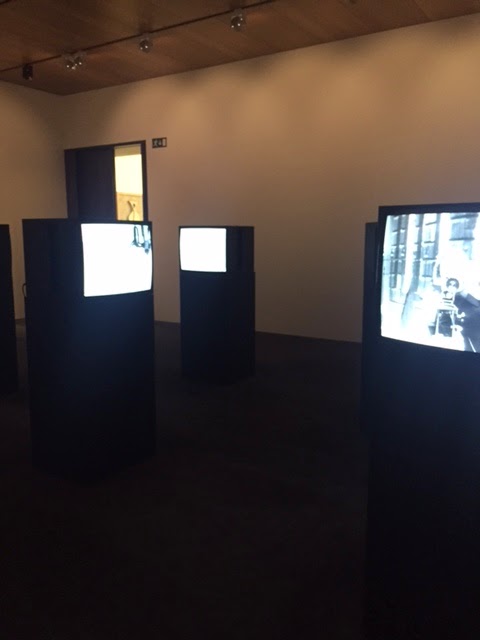Forgotten fighters: the First World War at Sea

Nice little exhibition at the National Maritime Museum looking at the role the sea and sailors played in the First World War. At first glance the show just looks like a slightly musty model ship display but it uses the ships to outline the history of the war and along the centre aisle are smaller personal objects and super interactive information boards telling the stories of the men whose medals are displayed, giving more detail on the main battles and looking at the role of the merchant navy and the home front. Don’t do what I did which was walk round the outside first and moan that there was no narrative, just head down the middle straight away. I was moved by the German bullet which had been made into a cross and was used by a Royal Naval Reserve Chaplain throughout the war. I also loved a film of the Royal Arsenal at Woolwich (of course!) There were a number of incidents I didn’t know about such as the fact that the German fleet was interred in the Firth of ...


























